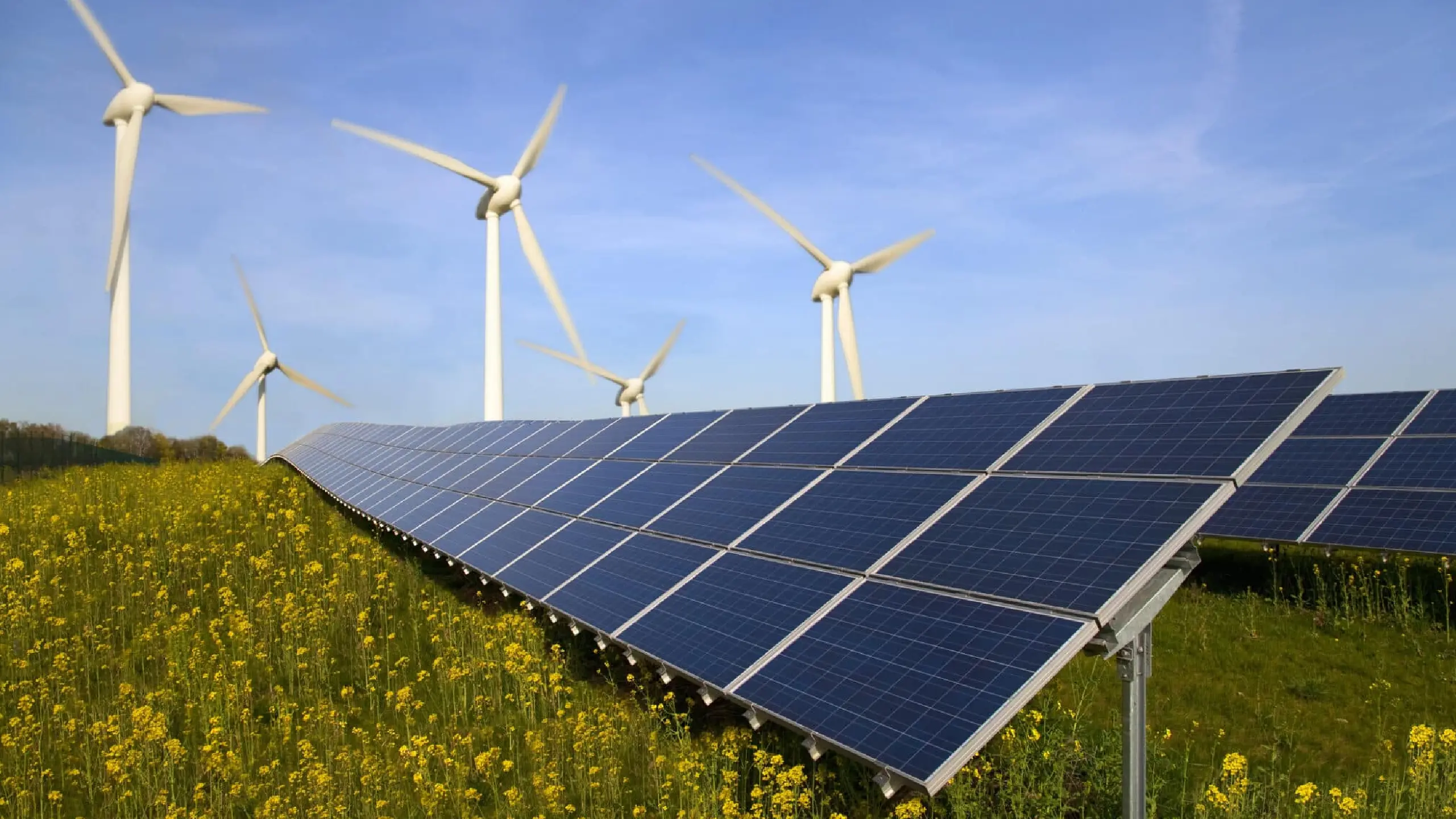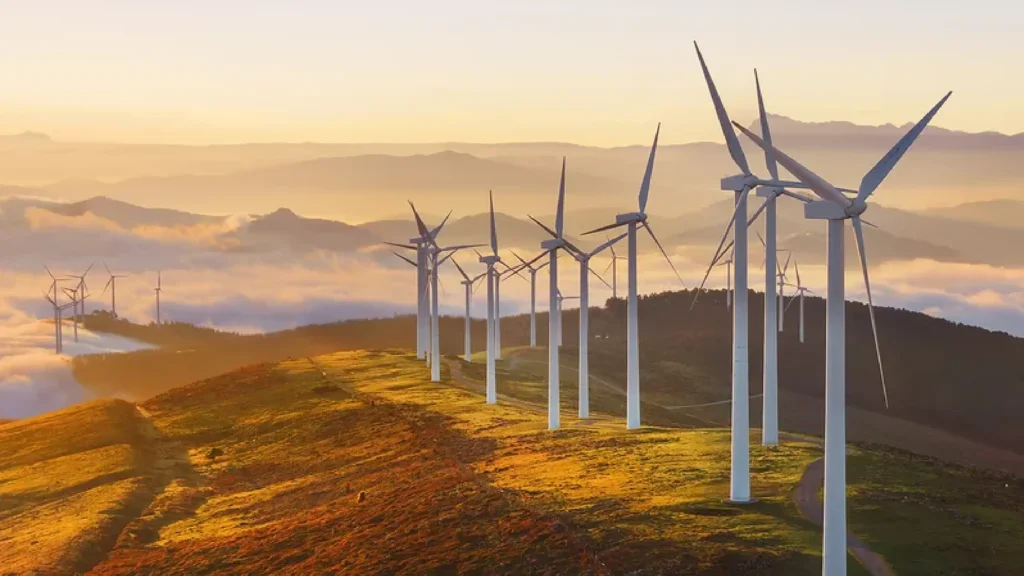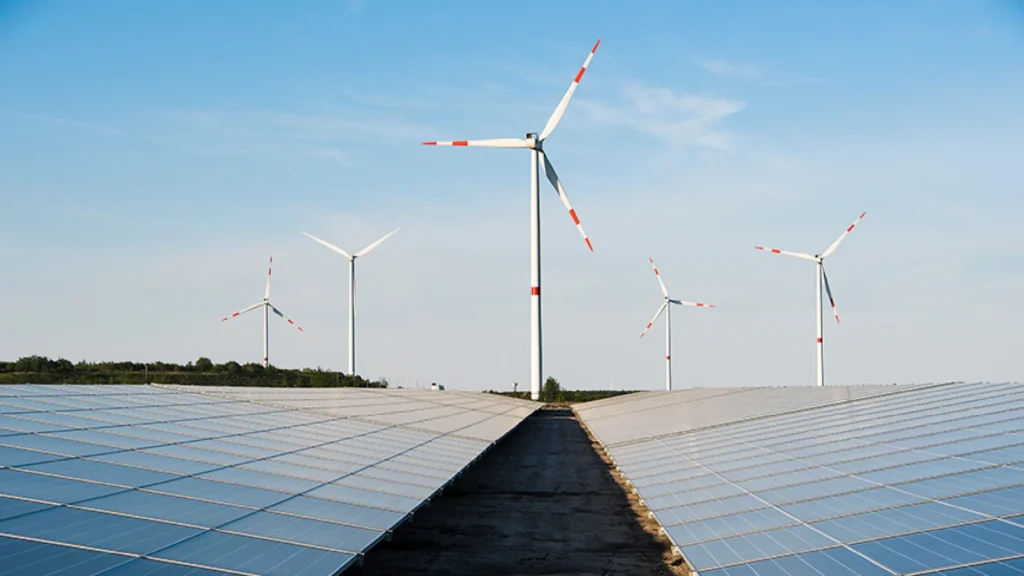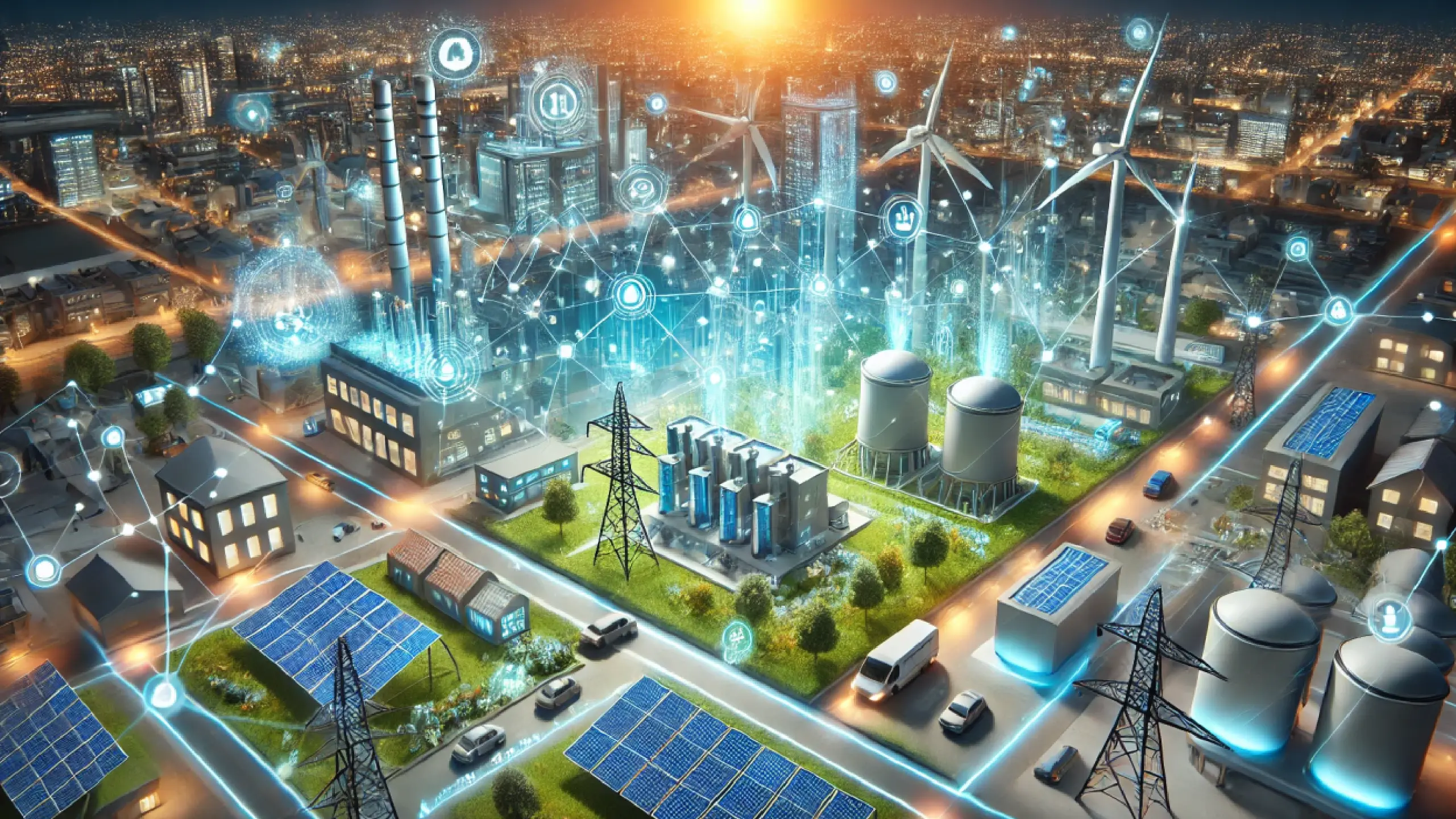
Wind vs Solar: Which Renewable Source Is Winning the Global Energy Race?
When it comes to the future of power, there’s a heavyweight championship happening right above our heads—and sometimes across sprawling coastlines. In one corner, we have the gleaming photovoltaic panels soaking up the sun with the elegance of silent efficiency. In the other, towering turbines spin with gusty bravado, capturing the invisible force of the wind. Both are fighting for dominance in the renewable energy arena, but who’s really winning the global energy race? At Blackwater, where our job is to decode the currents of industry transformation, we’ve been tracking renewable energy market trends closely—and let’s just say the competition is as electrifying as the power these sources generate.
The narrative of energy isn’t new—it has always been a story of power, politics, and innovation. But never before have we had such high stakes. Governments are setting net-zero targets, investors are pouring money into green infrastructure, and technology is scaling faster than an Elon Musk tweet can affect stock prices. Both solar and wind are vying for the title of “king of renewables,” but to truly understand who’s ahead, we need to unpack how solar energy growth and wind energy adoption are shaping the present—and what they say about the future.
The Rise of Solar: From Rooftops to Utility Giants
Let’s start with the golden child of renewables: solar. A decade ago, solar panels were mostly symbols of forward-thinking homeowners in California suburbs or eco-friendly hotels in Europe. Today, they’re mainstream, and solar energy growth has been nothing short of meteoric. Thanks to plummeting costs of photovoltaic cells, massive government subsidies, and a tech industry that can’t resist optimizing semiconductors, solar has transformed from a niche solution into a global powerhouse.
Globally, solar accounts for a rapidly expanding share of new power capacity additions each year. It has the advantage of scalability—ranging from a few panels on a rural rooftop in India to gigantic solar farms in the deserts of the Middle East. Unlike fossil fuels, solar doesn’t need to be “mined” or “drilled”; it simply needs sunlight, something most parts of the planet are more than willing to offer in generous supply.
The economics are compelling. The Levelized Cost of Energy (LCOE) for solar has dropped by nearly 90% in the last decade, making it not just competitive with fossil fuels but, in many regions, cheaper. That means a power purchase agreement (PPA) for solar often outbids coal and natural gas. No wonder solar installations are surging in countries like China, India, and the U.S., where renewable power investment is now heavily tilted toward photovoltaic projects.
But here’s the catch—solar still relies on the sun being cooperative. Nighttime and cloudy days can make it less predictable, which is why advancements in storage technologies and hybrid systems have become critical for its next leap. Yet despite its intermittency challenges, solar has positioned itself as the most democratized renewable energy option—because if you have a roof and sunlight, you can generate your own power.
Wind Power: Harnessing Invisible Giants

Now let’s talk about wind—the quieter but equally formidable contender in this duel. When people think of wind energy adoption, the mental image is often of tall white turbines gracefully slicing the sky. But behind that calm aesthetic is a massive industry that has been steadily scaling up.
Unlike solar, which thrives almost anywhere, wind’s potential is highly location-dependent. Coastal regions, plains, and offshore sites with steady winds are the crown jewels of the wind industry. Offshore wind, in particular, has emerged as a game-changer. With the ability to harness stronger and more consistent gusts, offshore turbines are producing unprecedented amounts of energy, even rivaling traditional power plants in output.
Economically, wind has also become competitive with fossil fuels. In fact, in some parts of Europe, wind energy is now the cheapest source of new electricity. While solar often dominates in sun-rich regions, wind shines in places where sunlight is scarce but breezes are plentiful—think Northern Europe, the UK, or the U.S. Midwest.
Wind does face its challenges. The construction of large turbines requires significant upfront investment, community acceptance (nobody wants a turbine spoiling their beach view), and grid integration. But the upside is equally compelling: turbines don’t require fuel, and once they’re up and running, they generate power around the clock—day or night, as long as the wind blows.
The Investment Equation: Where the Money Is Flowing
If energy transitions are marathons, capital is the fuel that keeps runners going. So where is renewable power investment really heading? Blackwater’s analysis of renewable energy market trends suggests that solar currently enjoys the lion’s share of funding. The logic is straightforward: solar projects are easier to deploy at scale, require shorter construction times, and benefit from continuously falling costs of panels.
But don’t count wind out just yet. Offshore wind, in particular, has become an investor darling in Europe and is starting to gain momentum in Asia. Mega-projects are being planned in the North Sea, Taiwan Strait, and even off the coast of New York. Wind projects may require more upfront capital, but they also promise high-capacity factors and long-term stability.
Interestingly, many investors aren’t choosing between solar and wind—they’re betting on both. Hybrid projects, where solar panels and wind turbines feed into the same grid infrastructure, are emerging as a smart way to balance intermittency. And with storage solutions like utility-scale batteries coming online, the old argument that renewables can’t provide base-load stability is slowly being dismantled.
Technology: The Silent Accelerator

Neither solar nor wind would be where they are today without relentless innovation. For solar, advancements in perovskite cells, bifacial panels, and solar tracking systems are pushing efficiency higher each year. Imagine a future where every building material, from windows to paint, doubles as a solar generator. That’s not science fiction—it’s already in the prototype stage.
Wind, on the other hand, is evolving in size and engineering. The newest offshore turbines are taller than the Eiffel Tower, with blades as long as football fields. Bigger turbines mean more energy per unit, driving down costs. In addition, digital twins, AI-based maintenance, and smart sensors are making wind farms more efficient and resilient.
And then there’s the digital backbone of the renewable revolution: grid modernization and storage. Without smarter grids and scalable storage, neither solar nor wind can fulfill their true potential. That’s why renewable power investment is increasingly flowing into energy storage technologies—because the future isn’t just about generating power, it’s about storing and distributing it intelligently.
Policy and Geopolitics: Who Gets the Upper Hand?
Of course, the race between solar and wind isn’t happening in a vacuum—it’s being refereed by governments and shaped by geopolitics. Nations are offering subsidies, setting renewable portfolio standards, and, in some cases, engaging in energy one-upmanship.
China, for example, has gone all-in on solar, both as a domestic energy solution and as a global export opportunity. The U.S., depending on the administration, has shifted between supporting renewables and doubling down on fossil fuels, though recent legislation has leaned heavily toward boosting clean energy. Europe has been wind’s biggest champion, with countries like Denmark and Germany leading the charge in wind energy adoption.
Policy environments directly affect which technology takes the lead in a given region. In sun-rich countries with aggressive solar incentives, like India, solar dominates. In coastal and windy nations with strong offshore ambitions, like the UK, wind takes the crown. The real winners, however, are countries that diversify their renewable portfolios and invest in both.
The Consumer Angle: Power to the People
While large-scale projects grab the headlines, the real revolution may be happening at the consumer level. Rooftop solar installations, community wind farms, and decentralized microgrids are empowering individuals and communities to become producers of energy, not just consumers. This shift aligns with the larger renewable energy market trends toward decentralization and democratization of power.
Imagine villages in Africa running on solar microgrids or small European towns pooling resources for community-owned wind turbines. These grassroots models are not just environmentally friendly but also economically empowering. They reduce dependence on fossil fuel imports, create local jobs, and bring resilience to power infrastructure.
The Verdict: Solar vs Wind—Or Solar and Wind?

So, who’s winning the global energy race—solar or wind? The answer might disappoint fans of definitive rivalries: it’s not really about one winning over the other. Instead, it’s about how both are complementing each other in the global energy mix.
Solar dominates where sunlight is abundant and costs are low. Wind thrives in breezy, coastal, and offshore regions. Together, they’re creating a diversified renewable portfolio that reduces reliance on fossil fuels and accelerates the clean energy transition. The rivalry narrative may make headlines, but the collaboration is what’s truly powering the future.
At Blackwater, our lens on renewable energy market trends tells us one clear story: the global energy race isn’t solar vs wind—it’s renewables vs fossil fuels. And in that competition, renewables are gaining ground faster than ever. Whether it’s solar energy growth, wind energy adoption, or massive waves of renewable power investment, the clean energy revolution is no longer a question of “if” but “how fast.”
Why Blackwater?
Tracking this transformation isn’t easy. The renewable energy space is a constantly shifting landscape of technologies, policies, and financial flows. That’s where Blackwater steps in. As a trusted partner in market intelligence, we decode the noise, analyze the signals, and give businesses the clarity they need to make smart bets in the global energy transition.
Whether you’re looking at solar’s meteoric rise, wind’s offshore boom, or the interplay of both in shaping the future of power, our expertise ensures you stay ahead of the curve. Because in the race toward net zero, knowledge isn’t just power—it’s renewable power.



